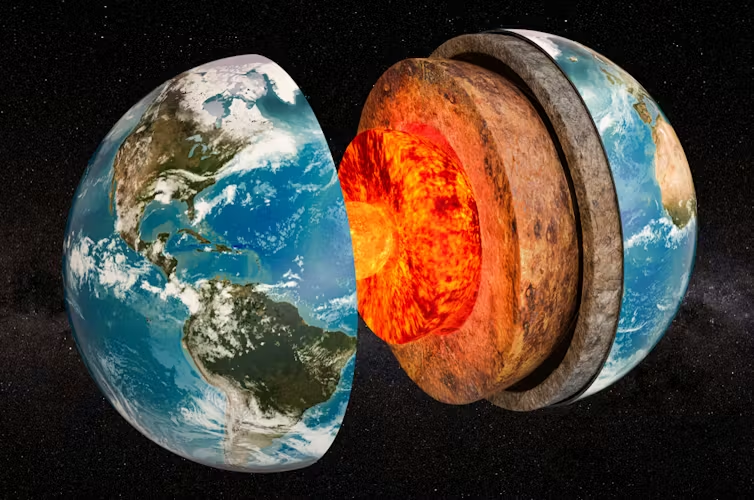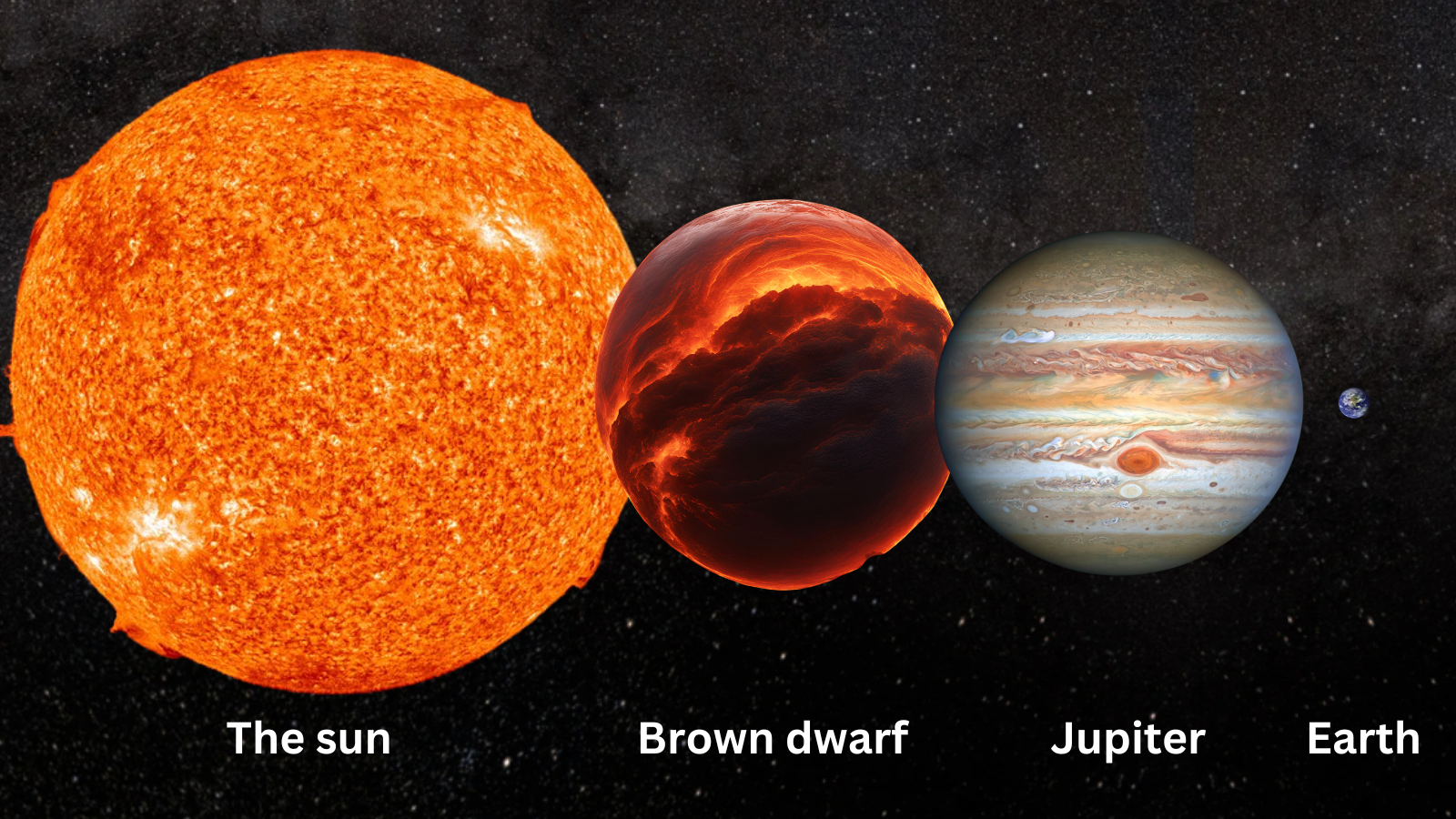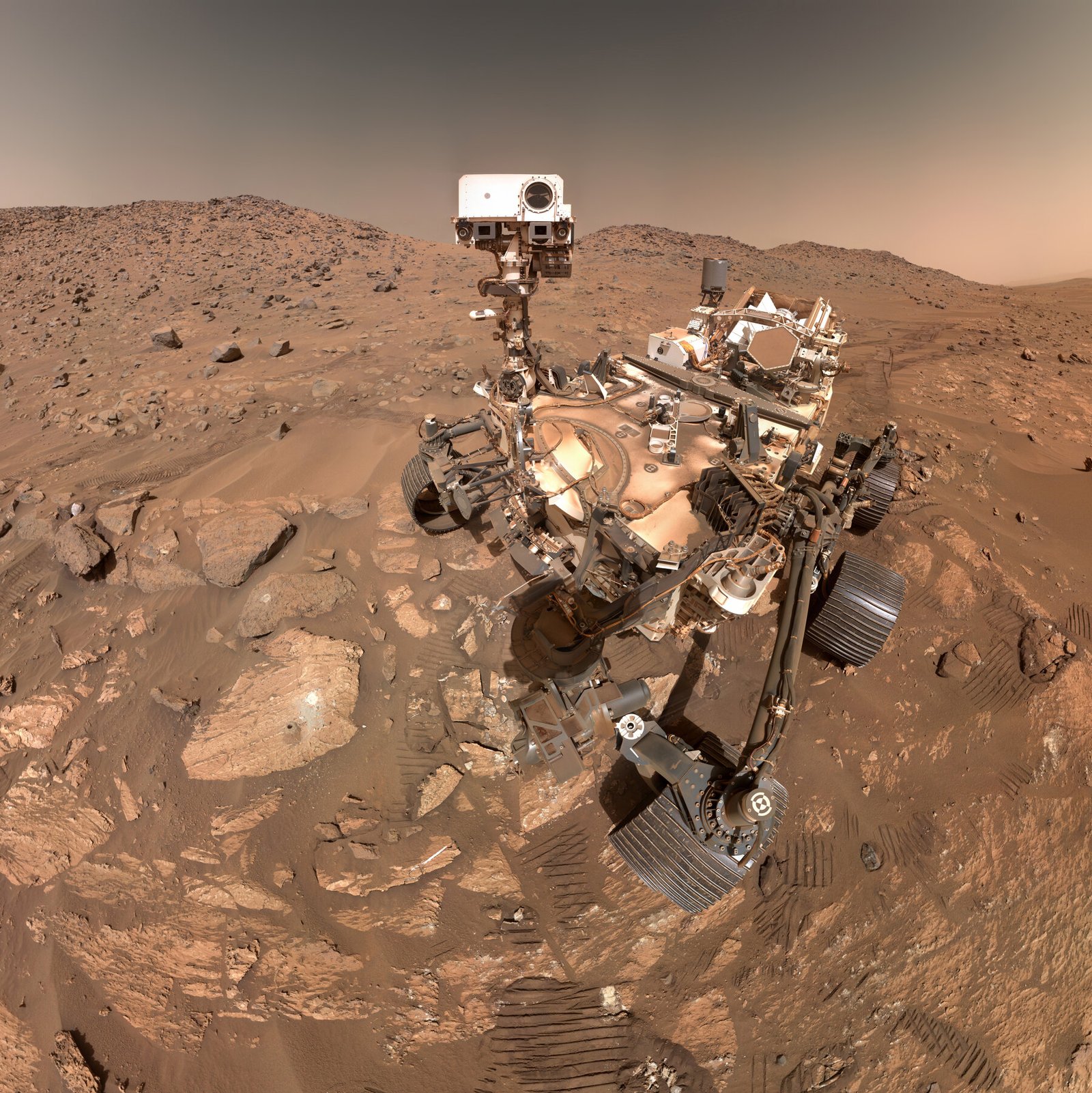A new study published on March 26 in the Nature journal revealed that the magma ocean formation near Earth’s core started around 4.4 billion years ago. It might be impacting the Earth today as odd mantle anomalies. Discoveries suggest that Earth inevitably sheltered a deep basal magma believed to have existed at the boundary between the mantle and core. This helped the scientists explain the baffling structure of the mantle, such as the Large Low-Velocity (LLVPS) discovered with the help of seismic imaging. This event has played a crucial role in Earth’s shape with thermal and tectonic evolution.
Discovery and Implications
The study’s lead researcher, Charles-Édouard Boukaré, an assistant professor at York University in Toronto, told Live Science that these magma oceans may have an impact on thermal transmission between the mantle and core, which could further alter the location of the tectonic plates.
His team has developed a new model that integrates seismic and geochemical data to assist scientists investigate how early crystallization might have resulted in the persistent molten layer that formed deep within the globe. Henri Samuel, Boukaré, and James Badro, who are connected to the French Research Institutions, were instrumental in the study that was published in the journal Nature.
Formation of Basal Magma Ocean
The group found that regardless of whether Earth’s mantle solidifies from the core to the surface or the other way around, the production of magma oceans is unavoidable. According to the new Earth model, in each instance, a permanent ocean of magma was created when thick materials rich in iron oxide sank close to the Earth’s core and remelted because iron has a low melting point. Boukaré emphasized that even under the least favorable conditions, a basal melt would emerge.
Lasting Effects and Geological Memory
According to this study, a few hundred million years ago, the deep magma ocean made a permanent impression on the Earth’s innards. There is a memory, according to Boukaré, who told the journal in a statement that the interior structure of the Earth was formed very early on and continues to be important in bringing about geological processes like mantle convection and tectonic movement. LLVPS, which date to approximately 4.4 billion years ago, might be the remains of this old primordial layer.
Looking to Other Planets
Boukaré wants to exercise the model on other rock-based planets and add more trace elements to it. Perhaps this base magma ocean phenomenon is not so exclusive to Earth, he said. This study may help us better understand how planets form throughout the solar system.















